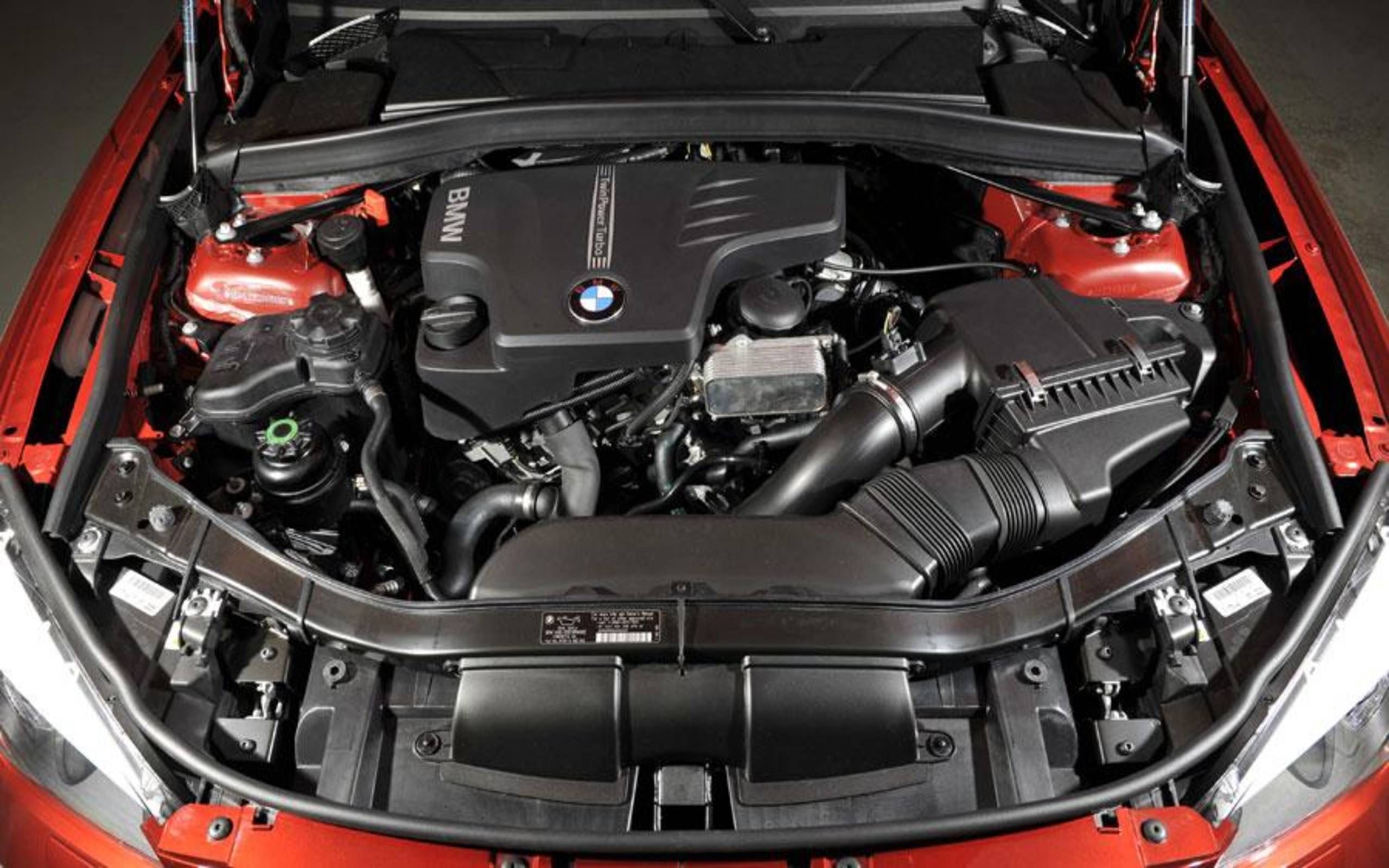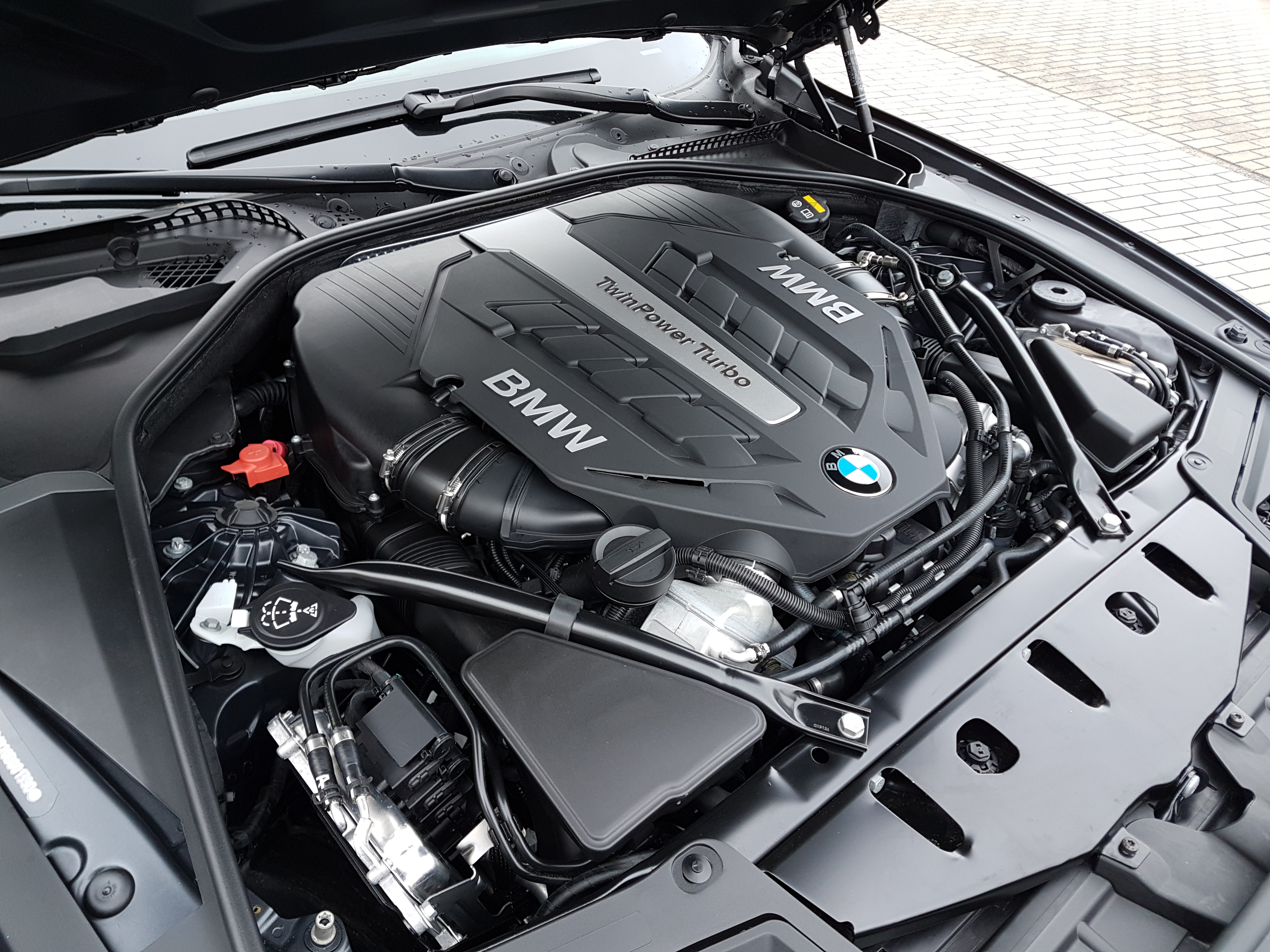Leading 5 BMW Engine Technologies Transforming the Automotive Market
Leading 5 BMW Engine Technologies Transforming the Automotive Market
Blog Article
Exploring the Advancement of Burning Engines in Modern Transport Systems
As we navigate the landscape of modern transportation, the advancement of burning engines stands as a testament to human ingenuity and engineering prowess. The interaction of background, innovation, and environmental concerns in forming the trajectory of burning engines produces a narrative that is both insightful and engaging.
Early Beginnings of Combustion Engines
How did the principle of combustion engines very first arise in the very early stages of transportation growth? The origins of combustion engines can be traced back to the 17th century when the principles of internal burning were initial explored.
The advancement minute included the development of the first effective gasoline-powered engine by Karl Benz in 1885 - bmw engine. This engine led the way for the advancement of the modern-day car, changing transport systems worldwide. Succeeding innovations by Nikolaus Otto and Gottlieb Daimler even more refined burning engine technology, causing the automation of automobiles and the rapid expansion of the transportation market
These very early combustion engines were identified by their simpleness and performance, laying the structure for the complicated and effective engines made use of in contemporary transport systems. The advancement of burning engines has contributed in forming the way we take a trip and transfer items, marking a considerable landmark in the background of transportation advancement.
Shift to Internal Burning Technology
The transition to internal combustion technology marked an essential change in the evolution of transport systems. This shift started in the late 19th century, with creators like Nikolaus Otto and Gottlieb Daimler creating the initial successful internal combustion engines. These engines changed transportation by using a more effective and powerful alternative to heavy steam engines and electrical motors.
One of the essential benefits of internal burning engines was their capacity to be scaled down to fit into cars, bring about the growth of autos and motorcycles. This change from bulky, stationary engines to small, mobile ones paved the way for the modern-day transportation systems we see today.
The change to internal burning modern technology likewise stimulated improvements in gas innovation, resulting in the development of gas and diesel as primary fuel resources for lorries. This shift not only made transportation extra easily accessible to the masses however likewise laid the structure for the oil and gas industry to become essential to worldwide economic situations.
Influence of Combustion Engines on Transportation
The adoption of combustion engines in transport systems catalyzed an extensive change in the performance and rate of global flexibility. Burning engines transformed transportation by providing a dependable and functional source of power for different cars, including cars and trucks, airplanes, vehicles, and ships. This innovation dramatically boosted the capability for goods and individuals to relocate over fars away in shorter timespan, causing enhanced connectivity in between areas and countries.
Furthermore, the prevalent use burning engines has actually had a significant effect on financial advancement. The ability to transport goods successfully has actually spurred profession and commerce, permitting companies to expand their markets and get to read customers worldwide. This has assisted in economic growth and globalization, as products can currently be moved quicker and in bigger amounts than in the past.
Nevertheless, the environmental impact of burning engines can not be forgotten. The combustion of fossil gas has actually led to air pollution and greenhouse gas discharges, adding to environment change and posturing health and wellness threats to populaces. bmw engine. Consequently, there is a growing emphasis on creating different propulsion technologies to mitigate these unfavorable impacts and develop a much more sustainable future for transportation
Innovations in Burning Engine Design
Many advancements in burning engine style have propelled the evolution of transport systems over the years. One notable development is the advancement of turbocharged engines, which use exhaust gases to drive a turbine that presses inbound air, enabling even more gas to be burned, causing enhanced power result without a significant increase in engine dimension. Furthermore, direct shot modern technology has actually enhanced gas effectiveness and efficiency by precisely managing the amount and timing of fuel injected right into the combustion chamber. Variable shutoff timing systems have additionally reinvented engine layout by optimizing air flow at various engine speeds, improving both power and effectiveness. Another significant innovation is the combination of lightweight products such as carbon fiber and light weight aluminum alloys, reducing general engine weight and boosting lorry fuel economic situation. Advancements in computer-aided layout have actually made it possible for designers to enhance engine performance and performance with simulations prior to physical models are built, saving time and resources in the development procedure. These innovations collectively add to the continual renovation of combustion engines in contemporary transport systems.
Future Fads in Burning Engine Advancement
With technology developments driving continuous advancement, the future of combustion engine advancement is poised to revolutionize transportation systems internationally. Among the key fads in combustion engine growth is the press towards better effectiveness and reduced emissions. Producers are original site investing greatly in r & d to boost engine performance while fulfilling strict ecological laws. This includes the integration of advanced gas injection systems, boosted turbocharging techniques, and the use of light-weight materials to maximize fuel intake and minimize carbon discharges.
Another noticeable fad is the fostering of crossbreed innovations in combustion engines. Crossbreed engines combine conventional combustion technology with electric power, providing improved gas effectiveness and lower emissions. As the automobile market changes towards electrification, hybrid combustion engines are seen as a transitional remedy that links the space in between traditional automobiles and totally electric ones.
Moreover, the assimilation of wise modern technologies, such as fabricated intelligence and data analytics, is anticipated to play a significant duty in the future of combustion engine advancement. These web innovations can optimize engine efficiency in real-time, bring about extra efficient burning processes and enhanced general vehicle efficiency. Welcoming these future fads will certainly not just drive advancement in combustion engine growth yet additionally contribute to a much more eco friendly and lasting transportation environment.

Conclusion
To conclude, the development of combustion engines in modern transport systems has actually been marked by significant advancements in innovation and design. From the very early starts of burning engines to the change to inner burning technology, these engines have actually had a profound impact on transport. Technologies in combustion engine style remain to drive progress in this field, with future patterns concentrating on more improving effectiveness and minimizing discharges. The future of combustion engines in transport looks encouraging as r & d efforts remain to press limits.
The origins of burning engines can be mapped back to the 17th century when the concepts of internal combustion were very first discovered. These engines changed transportation by supplying an extra efficient and powerful choice to steam engines and electrical motors.

Report this page